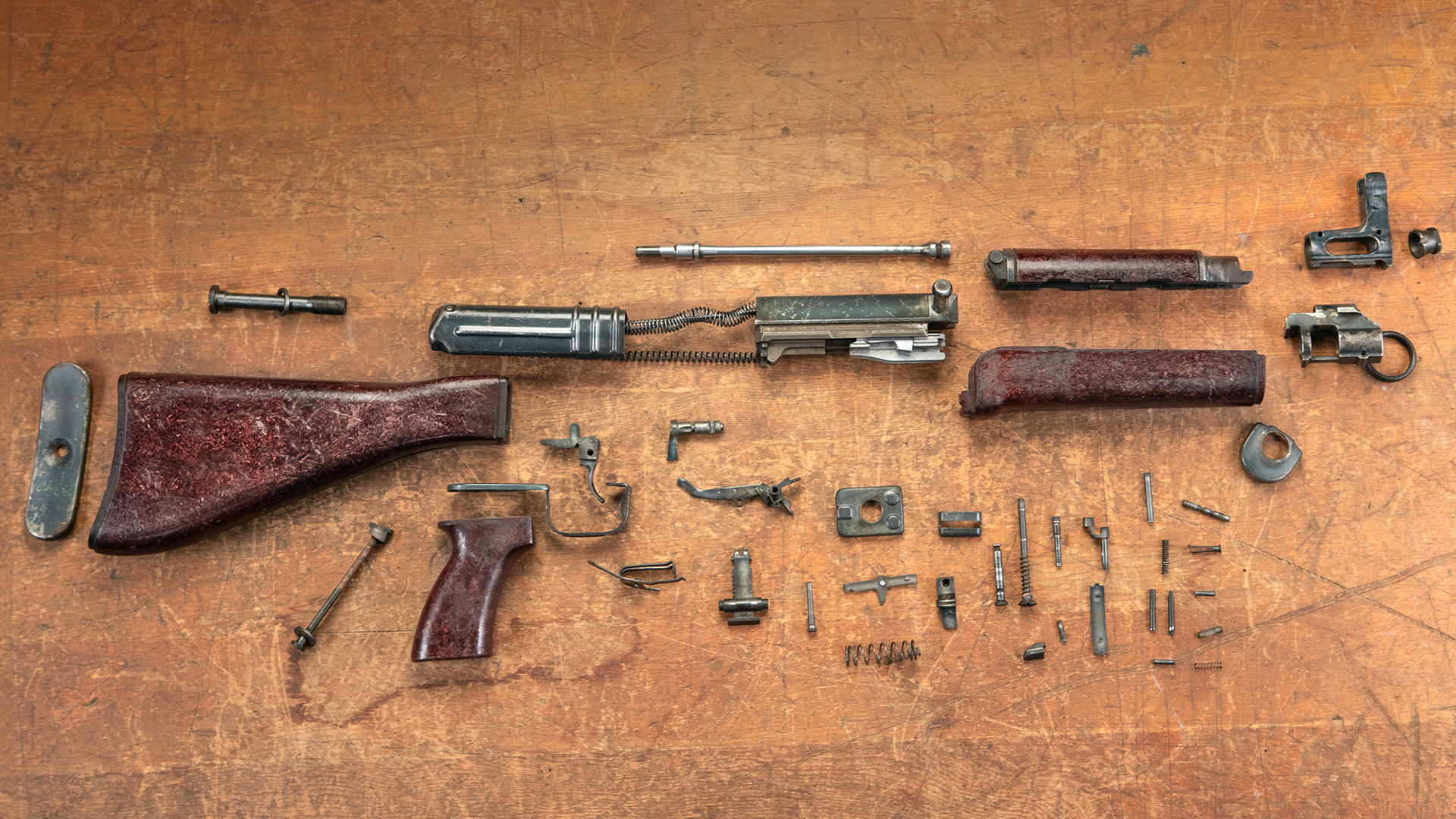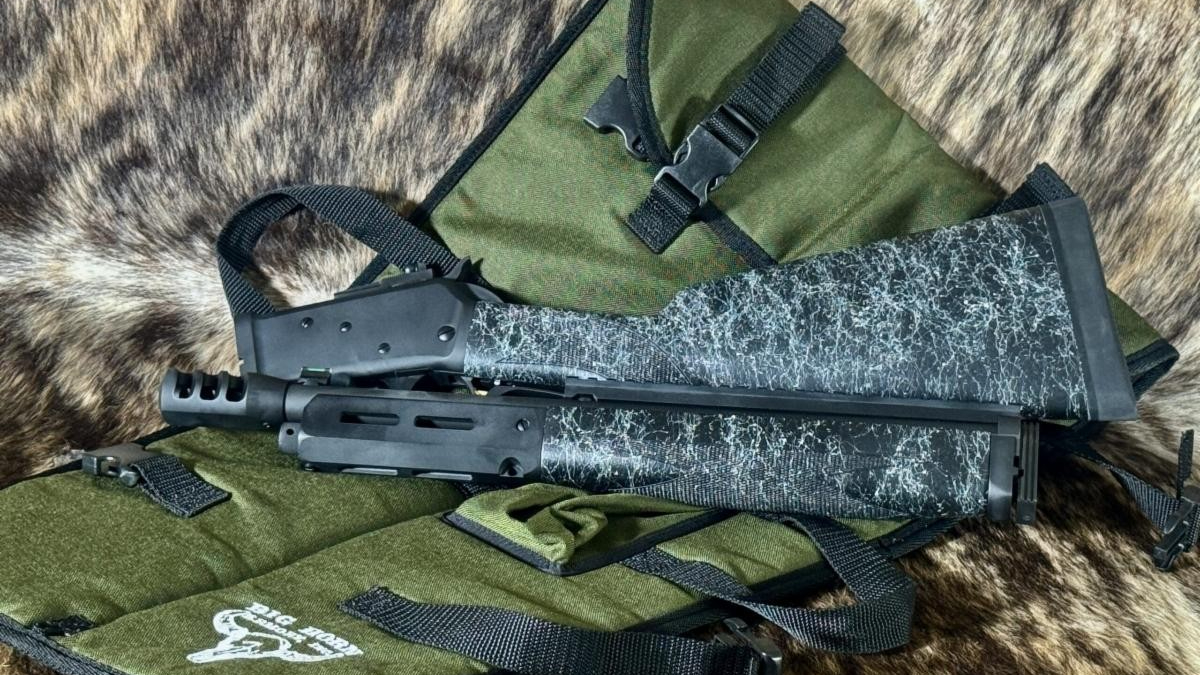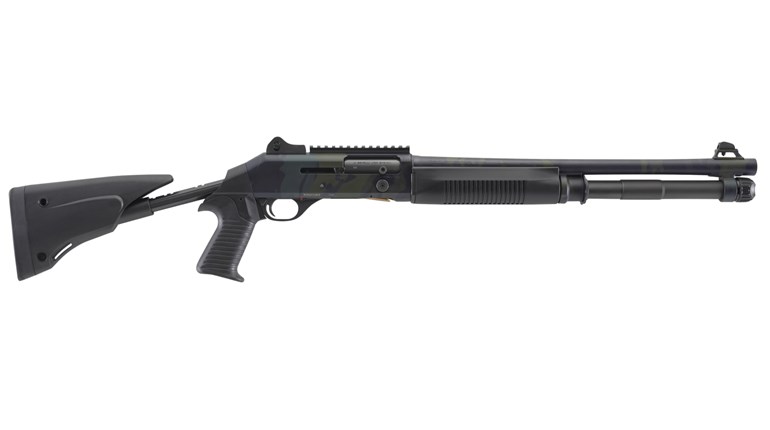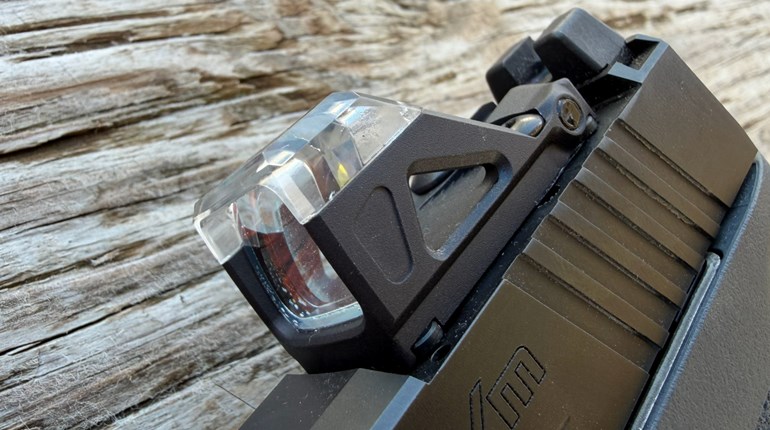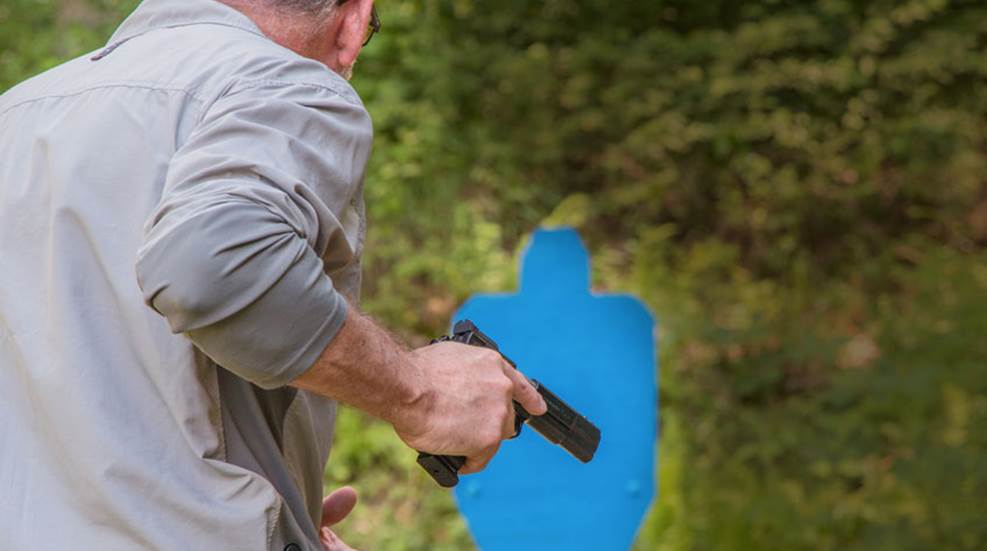
Several years ago, I was hired as a contract trainer to deliver a defensive tactics train-the-trainer (T3) program for a certain federal agency. At the end of a 40-hour training week, the recently trained instructors were allowed to ask any questions referencing the program. One of the questions was “Sir, we were presented with a number of different techniques throughout the week. Which is the one will work every time?”
The One
As you probably guessed, the answer is “there isn’t one.” If there was, then we’d all have watched it on a do-it-yourself online training video and that would be the end of the story. However, nothing could be further from reality.
The reason why there’s no such thing as the one magic or silver-bullet technique is because one size does not fit all skill levels, situations, conditions, application or environment. What may work for one highly skilled practitioner would not work for someone trying to do it at an entry level. There’s a good chance that what might work for a middleweight boxer wouldn’t work for a heavyweight boxer.
In the world of self-defense there are three general categories - martial arts, defensive tactics and weapons. All three have been around for millennia. Each of these categories predates written history. We as humans have been killing each other with combatives (techniques) and weapons since the dawn of humanity. The only difference today is that weapons have become more sophisticated. In all that time and after millions of warriors killed in action, there was never found the “one technique” that worked every single time.
Get Trained
Although it is the case that there is no one technique that will solve every tactical problem, there are some tried and true combative concepts that can help give you the tactical advantage.
Fortune favors the trained. Although you may watch videos and read blogs, nothing compares to rolling on a mat training in Brazilian Jiujitsu, Filipino martial arts stick fighting, standing toe-to-toe in the ring with another boxer or out on the live fire range with a firearm learning how to shoot fast and accurate. You will, of course, not find that one-move panacea in any of these disciplines, but given a certain amount of time and repetitions you will discover proficiency which is your very best bet in any real-world altercation.
Training in armed or unarmed combatives requires that you first gain a level of understanding. The body cannot go where the mind has not been, so it’s imperative to mentally understand technique. Following an understanding is to develop the skill to physically do it. Here is where most people lack the time, discipline or ability to commit.
You can even learn a few moves over a one-time weekend seminar, and if you practice those moves repeatedly you may get them down. However, in the long run, for every technique there is a counter. The greater your skill the greater your knowledge of countermeasures. It is said that when two lions of equal size and condition fight, the lion with more experience prevails.
Gain Proficiency
Proficiency is another important training consideration. When it comes to deploying your new technique, exactly how good is good enough?
First are you even physically capable of doing the technique? Take, for example, firing six shots from your handgun into the berm (without a target) from about ten yards away. If the technique calls for the shooter to draw from the holster and fire six rounds in under two seconds at an ‘A’-box target set at the seven-yard line and it takes you four seconds to fire it into the berm without a target, then you’ve got some work ahead of you. Your first steps to success are to develop each of the sub-skills such as your presentation, reducing your time between shots and of course keeping them all within the designated target area.
Let’s say that after much practice you can now do the technique one out of every fifty times. OK, that’s not bad for starters but there’s two more proficiency requirements: The first is to be able to perform that skill on demand, the second is under pressure (or duress) eighty-five percent of the time. One final question referencing proficiency is – at the end of the day do you possess the comfort level, confidence and consistency in using that skill to save your life?
As with all physical skills, gaining proficiency is a three-phase process.
The first phase is to think it through. Practice makes permanent, perfect practice makes perfect. At an entry level you need to think about what you are doing step by step – consciously – so that you get every step correct.
The next phase is when you no longer need think about it as your body tells you – feeling when it’s right and when it's wrong. Feeling takes less time to register than thinking and as such provides nearly immediate feedback.
Lastly, and certainly not least, is unconscious (or subconscious) competence. When you no longer need to think about it or even feel it, the technique has successfully dropped into your subconscious and has truly gained proficiency.
A more practical question than “Which is the one technique that will work every time?” is “Will this specific technique work for me under which conditions?”
After receiving training and gaining proficiency, can you do it on your own in pajamas or slippers in the middle of the night? Can you apply it to others trying to hurt you? Do you have the self-confidence that you would trust your life to it or that of a loved one? If you can answer ‘yes’ to these, then that’s the closest you can ever come to having a silver bullet in your threat response proverbial tool kit.




















